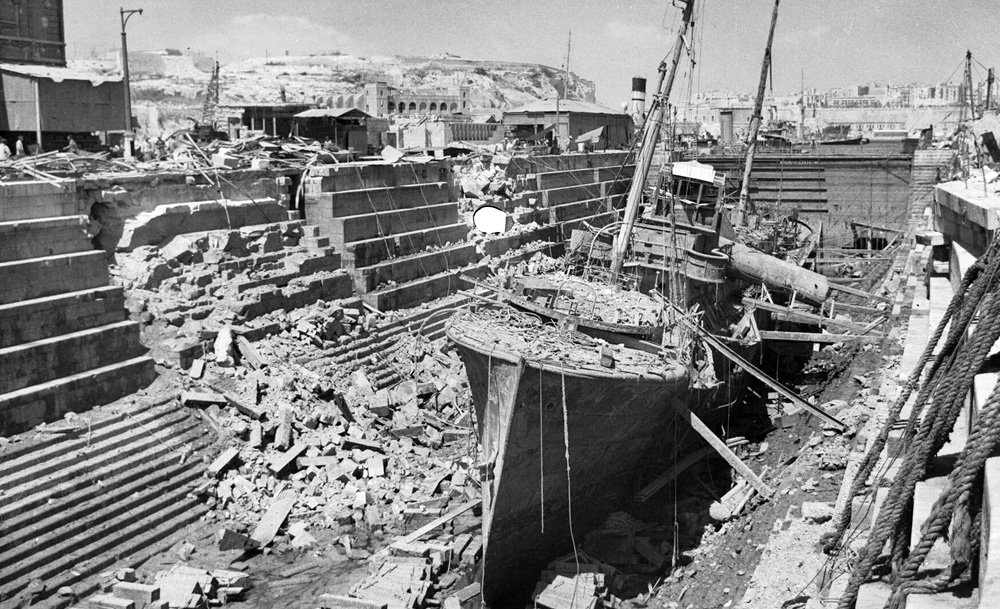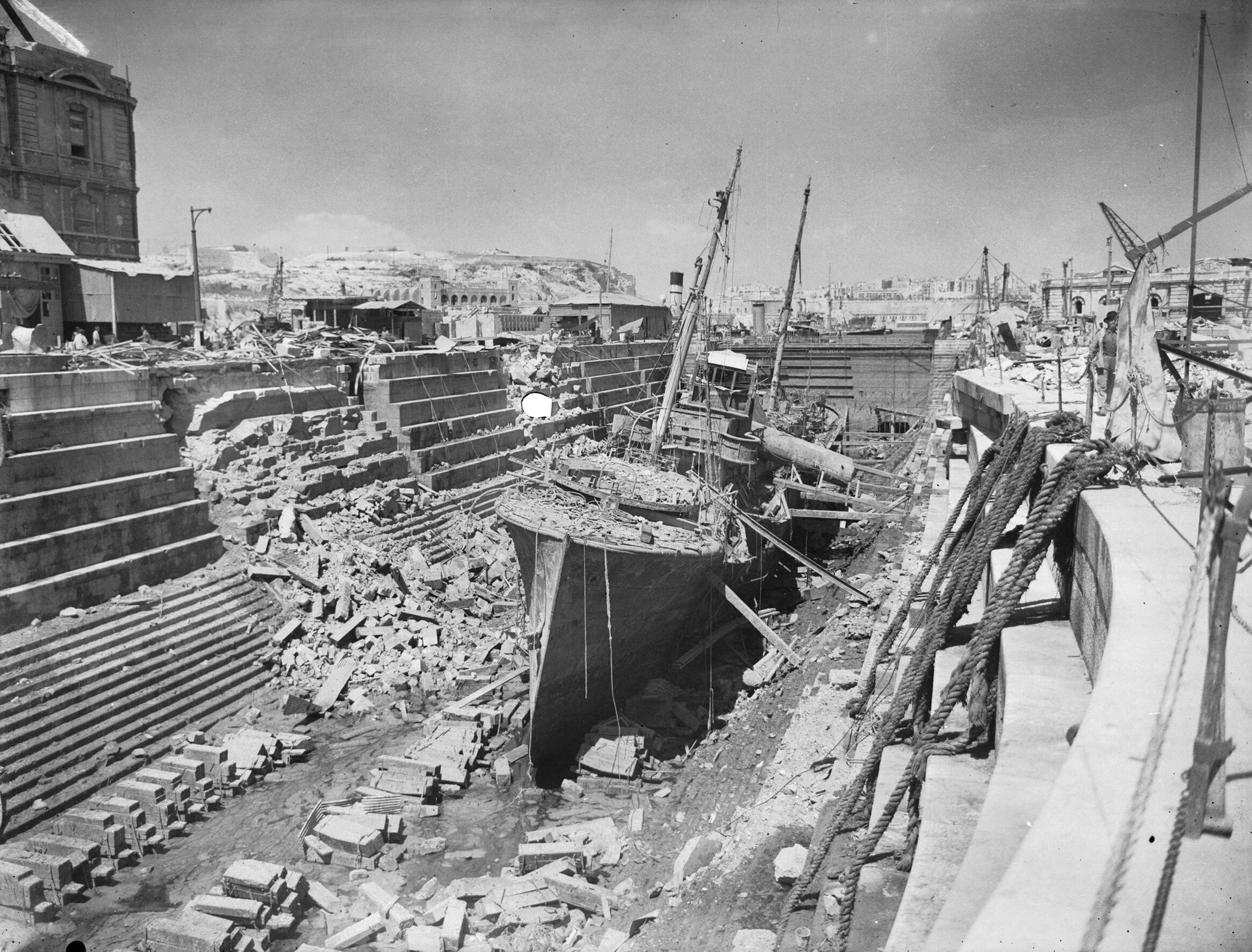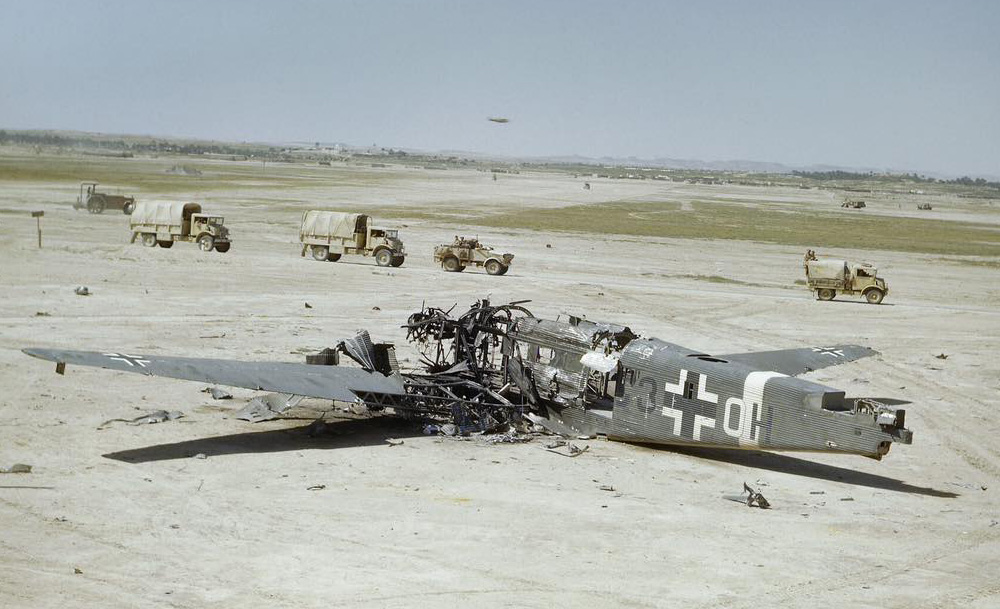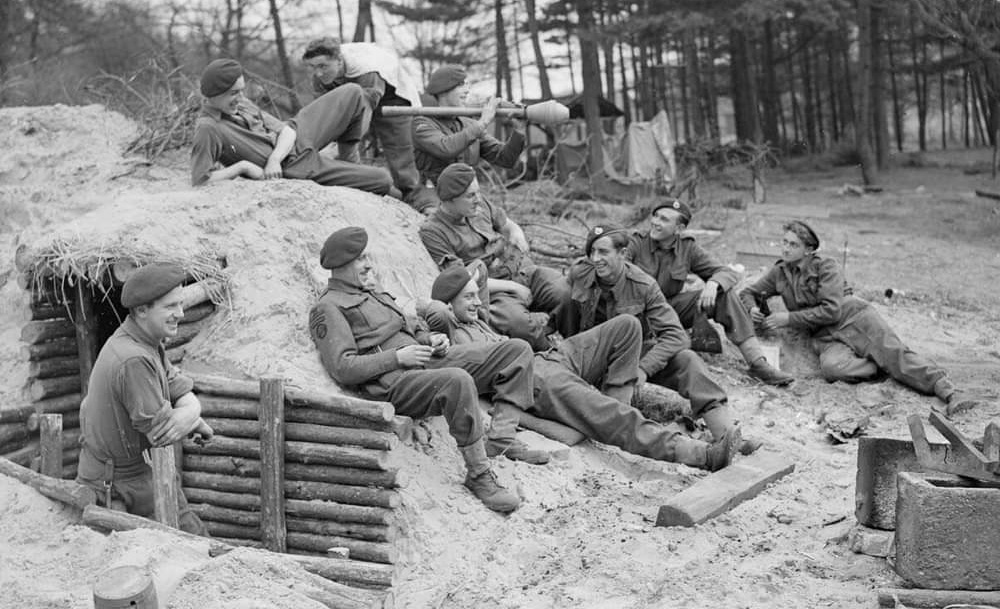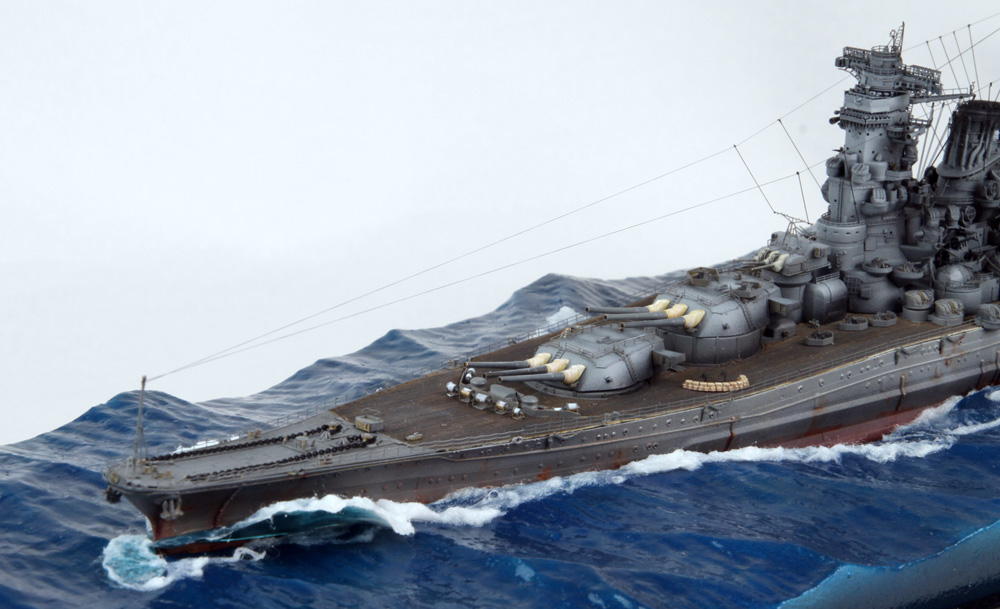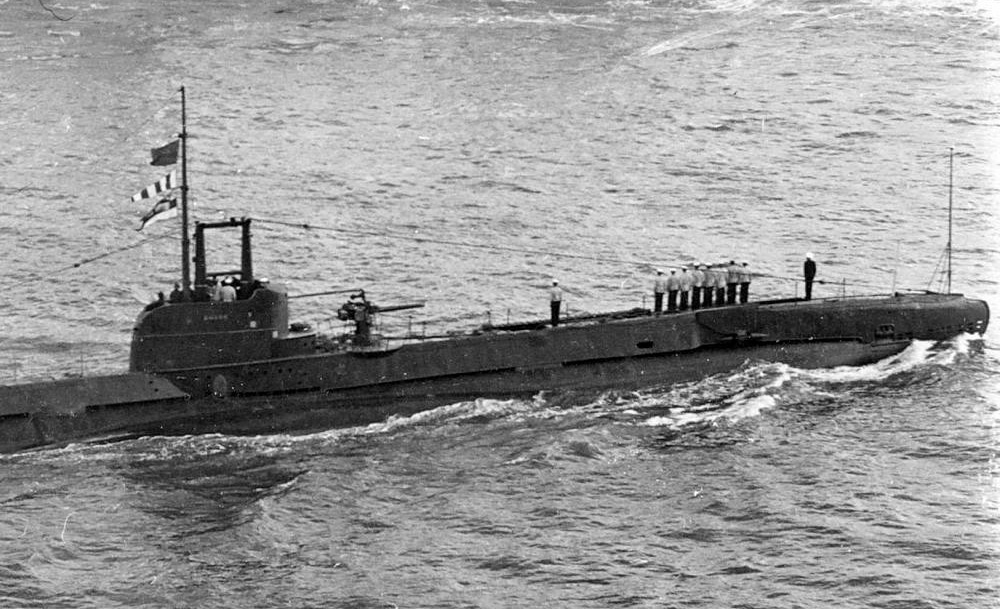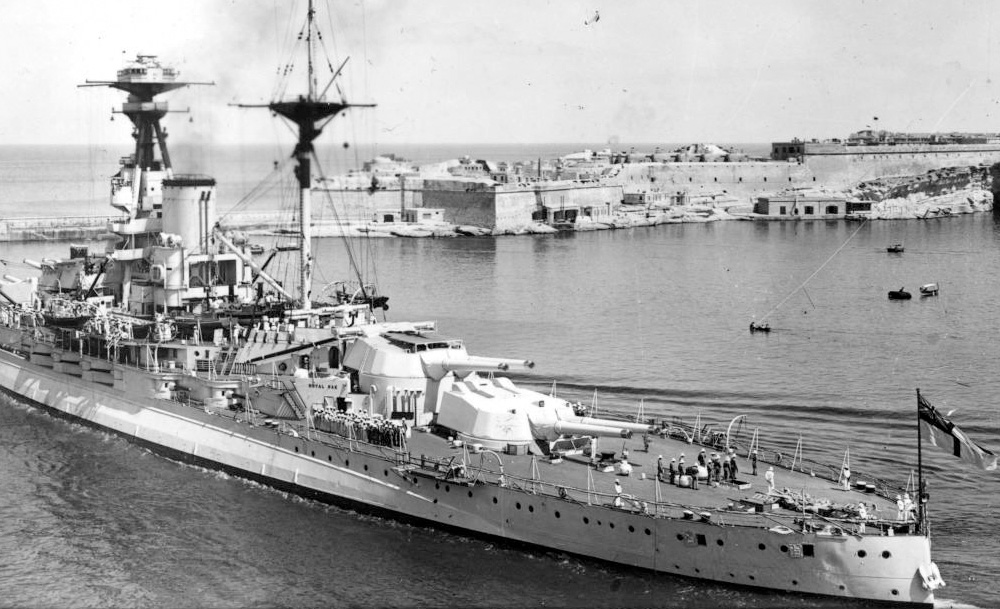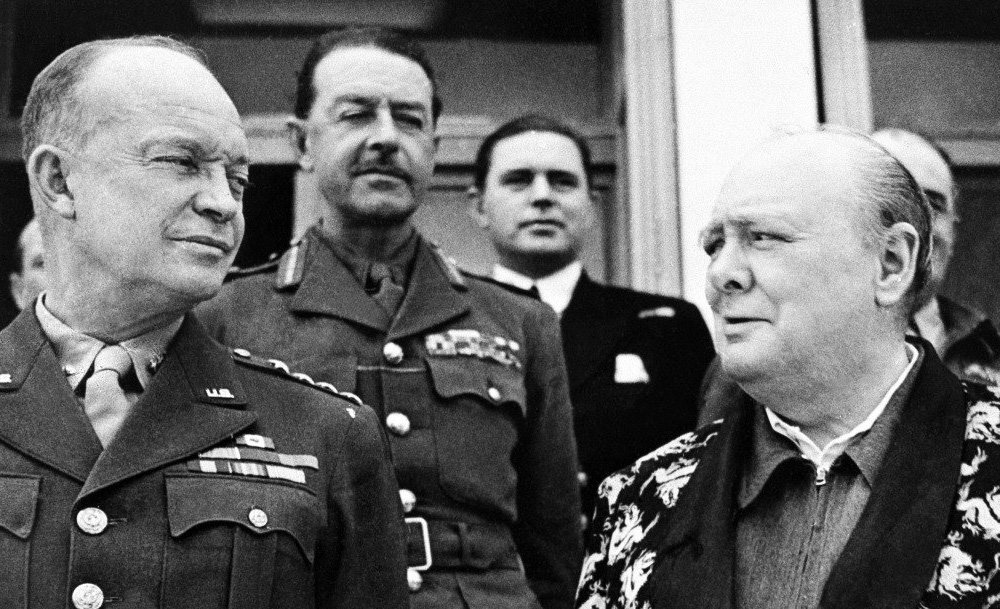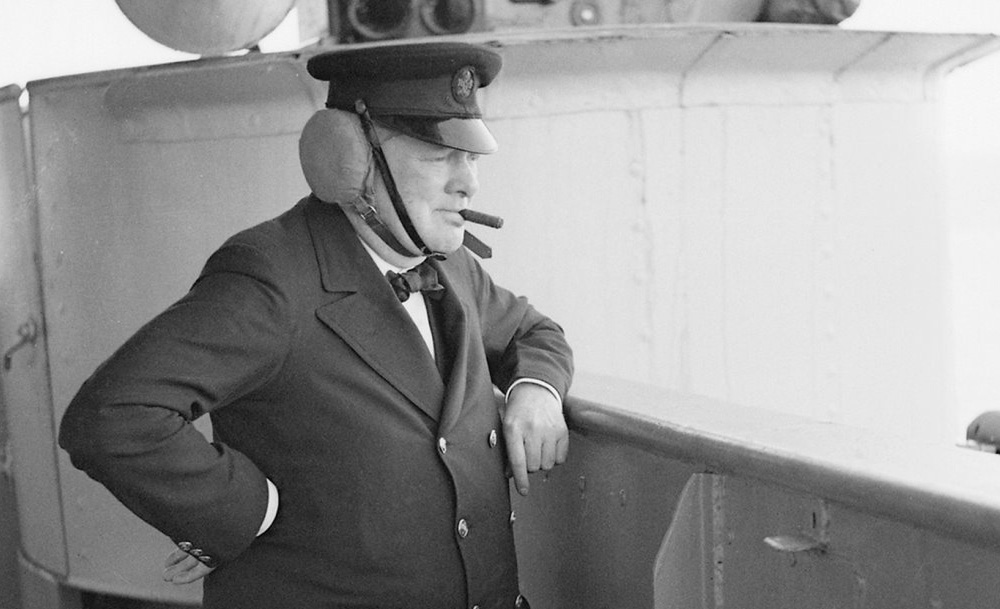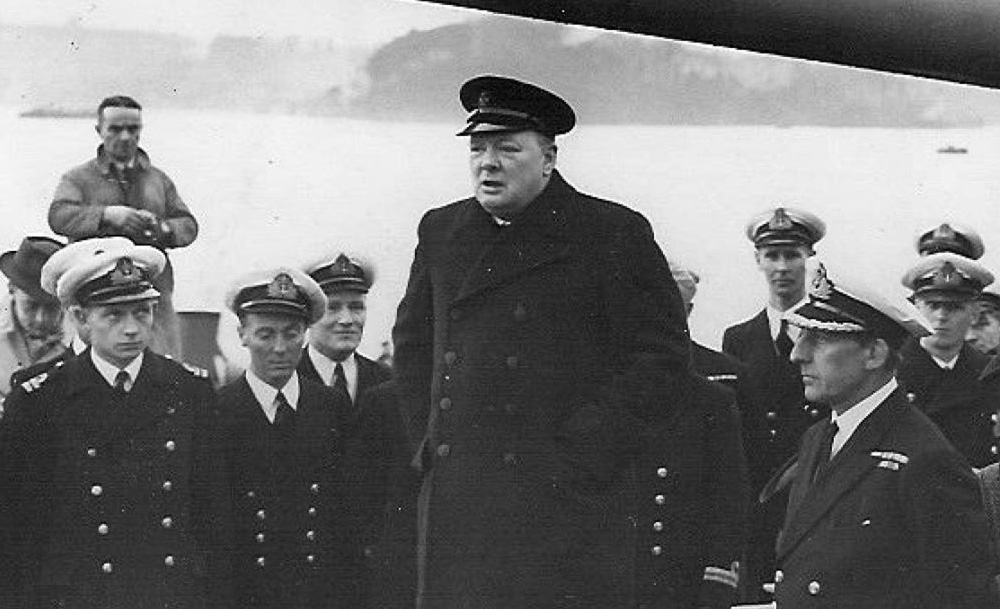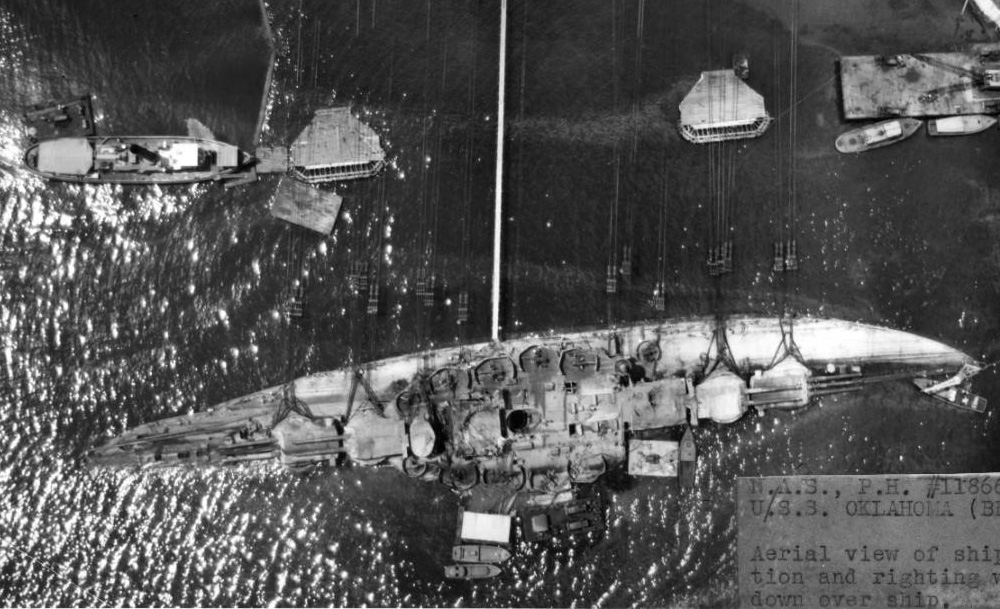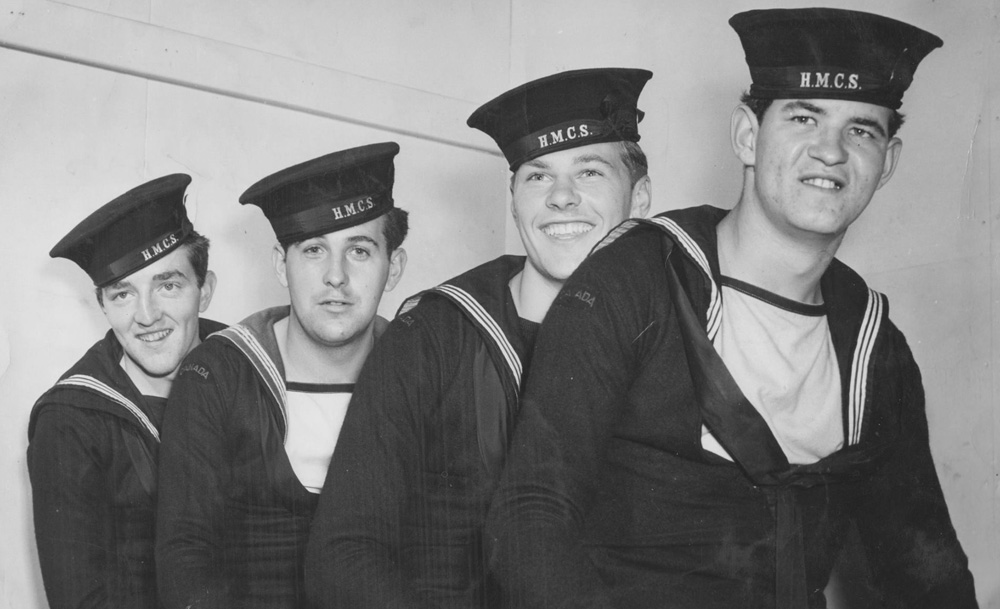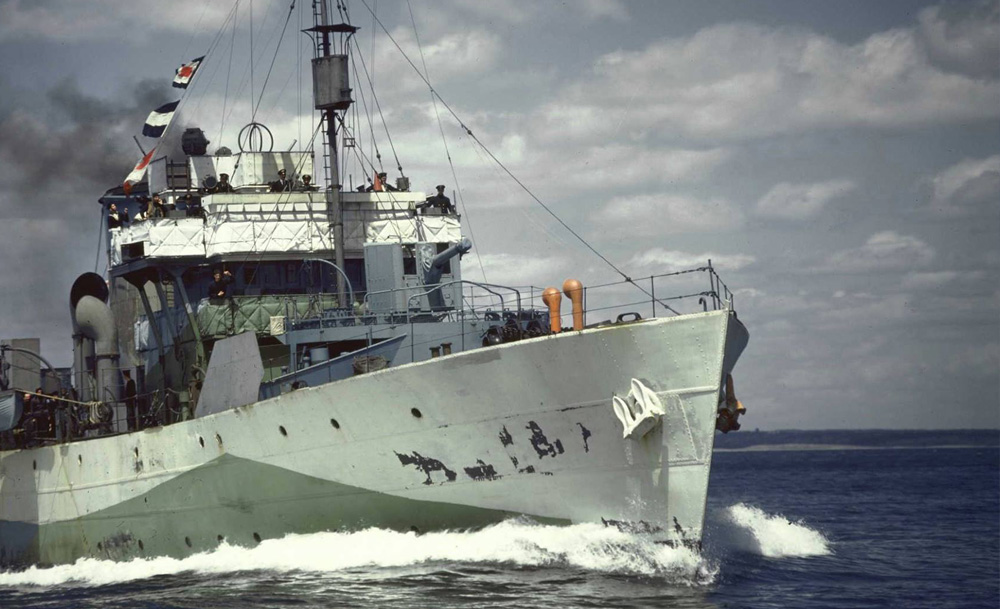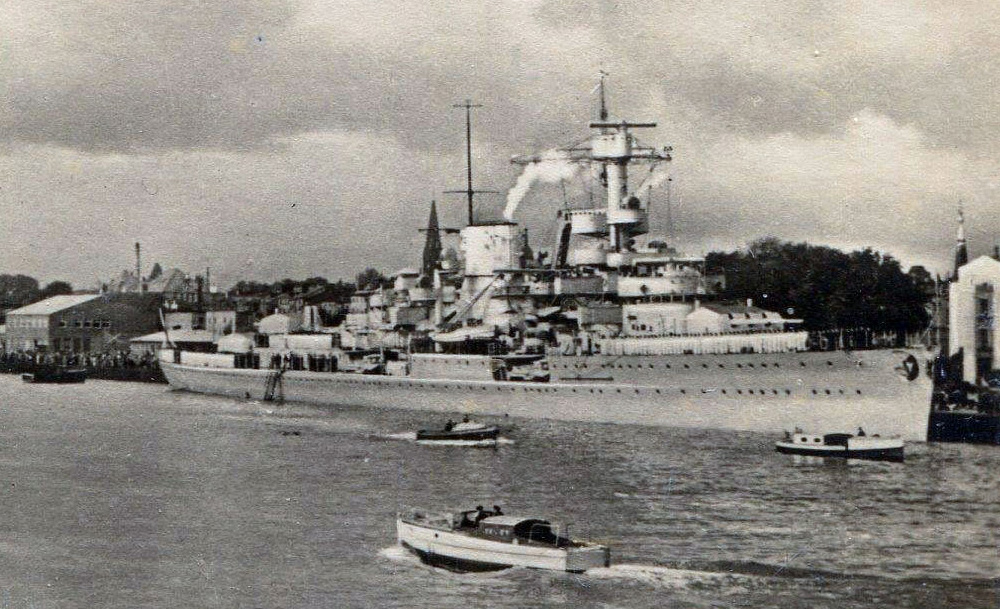Malta played a crucial role in World War II, particularly in the Mediterranean theater, where it became a strategically significant and heavily contested location. Here’s a brief overview:
- Geopolitical Significance: Malta, situated in the central Mediterranean, held strategic importance due to its location between North Africa and the Italian peninsula. Control of Malta allowed dominance over vital sea routes.
- Allied Base: Initially under British control, Malta served as a key naval and air base for the Allies. The island’s airfields and harbors were vital for supporting Allied operations in North Africa and the Mediterranean.
- Axis Bombing Campaign: Recognizing Malta’s strategic importance, Axis forces, primarily the Italian and German air forces, launched a sustained bombing campaign against the island. The Siege of Malta, lasting from 1940 to 1942, subjected the population to intense air raids and blockades.
- Herosim and Resilience: Despite enduring severe hardships, including shortages of supplies and constant bombardment, the Maltese people and Allied defenders displayed remarkable resilience. The island’s population earned the George Cross, a British award for civilian bravery, in recognition of their courage during the siege.
- Operation Pedestal: In August 1942, a critical convoy known as Operation Pedestal successfully delivered essential supplies to Malta, including fuel, ammunition, and food. The convoy faced intense Axis opposition, but its success significantly boosted the island’s defenses.
- Turning Point: The breaking of the Siege of Malta marked a turning point in the Mediterranean, disrupting Axis supply lines and contributing to the overall Allied victory in North Africa. It also played a role in diverting Axis resources away from other fronts.
- Postwar Recognition: After the war, Malta’s wartime role was acknowledged, and the island’s strategic importance led to its independence from British rule in 1964. Malta became a republic in 1974 and joined the Commonwealth.
- Legacy: Malta’s wartime experiences are deeply ingrained in its national identity. The resilience shown during the siege is remembered as a testament to the bravery and determination of the Maltese people.
The story of Malta in World War II is one of resistance, sacrifice, and strategic significance. The island’s pivotal role in the Mediterranean had a lasting impact on the outcome of the war in the region.
Photo: HMS CORAL being broken up in Dry Dock No 3 in Malta Dockyard.
Date: between 31 October 1941 and 1943.
If you know more info about this photograph, please mention it in the comments.








